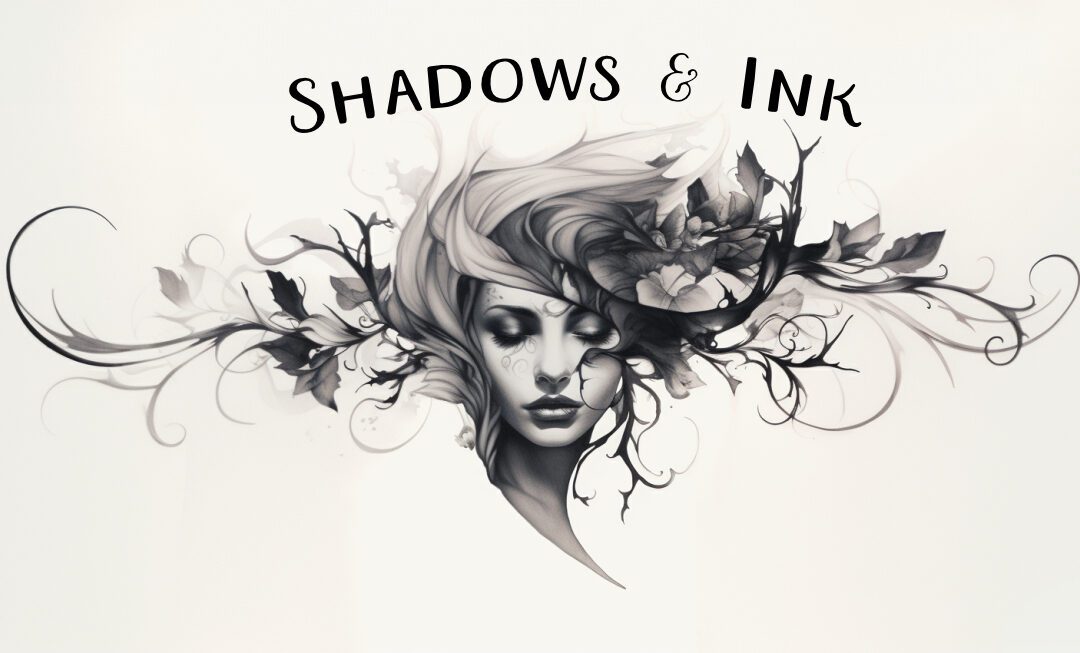Horror writing is an art form that delves into the deepest fears of the human psyche, transforming ordinary narratives into spine-chilling experiences. But what separates a mildly spooky story from one that lingers in the mind long after the last page is turned? As we prepare for the Shadows & Ink launch in January (the Heartbeat platform, the podcast, our workshops, and the book), let’s explore the key elements that make horror writing genuinely terrifying.
Building Atmosphere:
The atmosphere in horror writing sets the stage for fear. It’s not just about the setting, but how you describe it. A creaking door, a flickering light, or an unexplained chill can all build a sense of dread. The key is to engage the reader’s senses, making them feel as if they are part of the scene.
Remember how well Shirley Jackson described the house in The Haunting of Hill House—its oppressive air, the sense of being watched, the subtle yet unsettling oddities in its construction? These all contributed to the pervasive sense of dread.
Character Vulnerability:
Effective horror stories often feature characters with whom readers can empathize. When characters are vulnerable, their fear becomes our fear. It’s the relatability of everyday characters facing unimaginable horrors that truly unsettles the reader.
Think of Bill Denbrough in Stephen King’s IT. Bill displays a profound vulnerability that adds depth to his character and drives the narrative. Bill is deeply affected by the loss of his younger brother, Georgie. This loss is not just a plot device; it’s a central part of Bill’s character. His vulnerability is shown through his stutter, which worsens with his emotional pain and stress. This stutter is a physical manifestation of his inner turmoil and grief, making his vulnerability palpable to the reader.
Pacing:
Pacing is crucial in horror writing. A slow build-up can create tension, while sudden, shocking moments can jolt the reader. Balancing these elements keeps the reader on edge, never quite knowing what to expect next.
An excellent example of pacing in horror fiction is Stephen King’s Misery. The novel starts with a moderate pace, introducing the protagonist, Paul Sheldon, and his predicament of being held captive by his “number one fan,” Annie Wilkes. The initial setup is crucial for establishing the characters and the dynamics of their relationship. King takes his time to delve into the psychological aspects of both Paul and Annie, creating a sense of impending doom. As the story unfolds, King expertly manipulates the pacing to keep the tension high. He alternates between slower, more introspective sections where Paul plans his next moves, and sudden bursts of intense, often violent action as Annie’s behavior becomes increasingly unstable and dangerous. This fluctuation in pacing keeps the reader constantly on edge, never quite sure when the next moment of horror will occur.
Psychological Horror:
Some of the most terrifying horror stories are those that play with the mind. Psychological horror delves into paranoia, madness, and the unreliability of perception. When readers question what is real and what isn’t, the fear becomes more profound. What better examples than the already mentioned Misery and The Haunting of Hill House?
The Unknown and Unexplained:
Humans fear what they don’t understand. By leaving certain elements unexplained or lurking in the shadows, horror writers tap into this primal fear. The less the reader knows, the more their imagination fills in the gaps with their worst fears.
Look no further than The Call of Cthulhu by H.P. Lovecraft for an example. This story is a prime example of how the fear of the unknown and the unexplained can be more terrifying than any concrete horror. The dread comes not from gore or shock, but from the realization of our own ignorance and insignificance in the vast, uncaring universe—a hallmark of Lovecraft’s writing style.
Horror writing is more than just ghosts and gore. It’s about crafting a story that taps into the primal fears that reside in all of us. As we gear up for our launch in January, we invite you to join us in exploring the depths of horror writing, where each of the aspects mentioned above will be dissected in chapter-length detail. Whether you’re a seasoned writer or a newcomer to the genre, there’s always more to learn about what makes a story truly terrifying.
Until next time,
Joe Mynhardt

